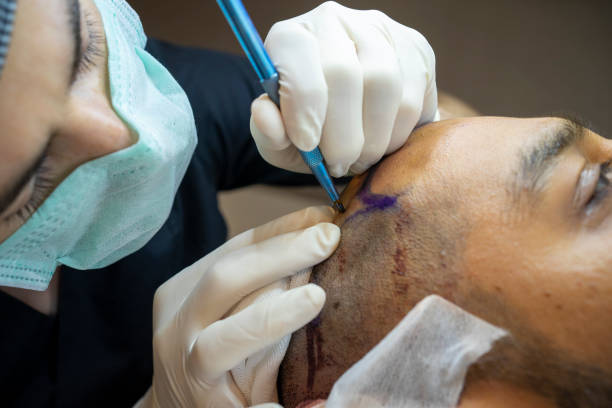
Table of Contents
Table of Contents
Welcome to the world of hair transplant in Turkey, where the art and science of hair restoration converge to provide individuals with a transformative solution for their hair loss concerns. As a leading destination for hair transplantation, Turkey boasts a reputation for its exceptional expertise, affordable prices, and outstanding results.
In this article, we delve into the realm of hair transplant in Turkey, exploring the secrets behind its success and unravelling the reasons why countless individuals from around the world choose this remarkable country to regain their confidence, revitalize their hairlines, and embark on a journey towards a fuller, and more luxurious head of hair. So get ready to discover the excellence of hair transplants in Turkey and unlock the potential for a life-changing experience.
Hair transplantation is a surgical procedure that involves removing hair follicles from the “donor site” and transplanting them to the “recipient site,” which is a bald or balding area of the body. Male pattern baldness is the main condition for which the procedure is employed. Grafts with hair follicles from places (such as the back of the head) that are genetically resistant to balding are transferred to the bald scalp during this minimally invasive technique.
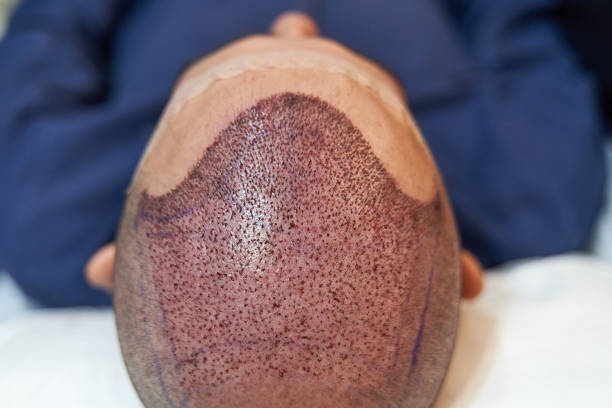
Turkey is famous for high-quality and affordable hair transplants. Clinics offer great results at a fraction of the cost compared to Europe or America. You save money and get the same level of expertise.
Doctors in Turkey have years of experience and perform many surgeries every year. They use advanced tools and follow modern medical practices. You can trust their skills to deliver excellent outcomes.
Clinics in Turkey provide complete packages that include transport and accommodation. You also have the chance to explore Turkey’s rich culture and history during your treatment. This makes the journey both practical and memorable.
In one session, it is typical to transplant 1,000 to 2,000 hair follicles, while bigger areas of hair loss may require up to 4,000 follicles. The duration of a session might last for several hours, and many clients opt for two or three different sessions. The procedure often entails trimming the hair on the scalp’s “donor” area short to make it easier to handle.
The area of the head with dense hair is anesthetized by the doctor.
A small portion of the hair-bearing scalp is removed by the doctor, who then transplants it to the desired location (often the front of the scalp above the forehead).
The donor skin may be removed using a variety of tools. One could use a scalpel or a circular tube (punch), for instance. Depending on the diameter of the tube, a single punch graft may yield 2 to 15 hairs. Slit grafts can have 4 to 10 hairs, while strip grafts, which are considerably longer, can have up to 40 hairs.
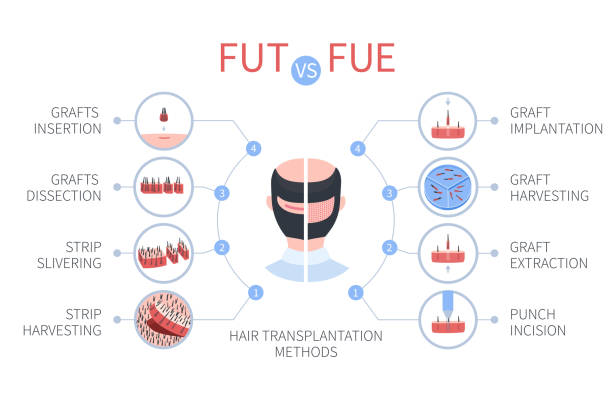
When performing a large-scale hair transplant (requiring, for instance, massive tissue flaps rather than small grafts), flap surgery is carried out. This kind of hair loss surgery may need you to stay in the hospital, and general anaesthesia will be necessary.
In a procedure known as flap surgery, the surgeon inserts “tissue expanders,” which resemble balloons, behind the skin of a scalp region that bears hair. Over the course of a few weeks, the tissue expanders are filled with progressively more saline. As a result, the area produces more skin cells.
The scalp has developed enough additional skin for the transplant procedure after around two months. The balding area of the scalp is cut off and removed. The freshly developed region of hair-bearing skin is partially removed, relocated to its new site, and then sewn into place. Since the flap is never completely severed from the scalp, it should still have a healthy blood supply.
Scalp reduction surgery is appropriate for treating bald spots on the back and top of the head, but not in the front. The procedure includes:
Hair transplants start with a consultation. The doctor checks your hair loss pattern and discusses your goals. They create a plan tailored to your needs.
You will receive local anaesthesia on surgery day. The doctor extracts hair from the donor site and implants it into the recipient site. The process follows your natural hair direction for a smooth look.
The doctor will provide care instructions after the procedure. Swelling and small scabs may appear but heal quickly. Most patients return to normal activities within a few days.
Good care helps your transplant succeed. You should avoid touching or washing your scalp for a few days. Doctors often recommend special shampoos to keep the area clean.
New hair starts growing in a few months. Hair shedding happens first, which is normal. Your final results become visible in about a year.
Follow-up visits are important. The doctor checks your progress and addresses any concerns. Some patients need extra sessions to improve their density.
Hair transplants carry some risks like any surgery. Mild swelling, redness, or discomfort can occur. These symptoms usually disappear in a few days.
Serious issues like infections or nerve damage are rare. Choosing a skilled surgeon lowers these risks. Share your medical history with your doctor to avoid complications.
Researching clinics and asking questions helps you make safe choices. A well-informed decision leads to a successful transplant.
This is not a comprehensive list. For instance, your lifestyle or medical history may increase your risk of developing certain issues. For more information on the treatment, consult with your doctor or a medical professional. After undergoing hair transplant surgery, Follow the advice of your doctor.
Hair transplant Cost in Turkey are less than in other countries. Prices range from $1,500 to $4,000, depending on the method and number of grafts. In Europe or America, the same procedure can cost over $10,000.
The clinic’s reputation and the doctor’s skill affect the price. Some clinics offer packages with hotel stays and transportation. These deals save you money and make the process easier.
Financing options are available in many clinics. You can spread the cost over several months. This makes hair restoration more affordable for many people.
Prescription drugs, and over-the-counter products like lotions, wigs, hair pieces, and hair extensions are non-surgical alternatives to hair transplant surgery.
Scalp micropigmention is a procedure where tiny dots of ink is injected into the scalp to mimic the look of hair follicles. The results are natural looking if done by an experienced and qualified SMP artist.
Accepting that hair loss is a normal part of aging may help you get over anxieties about your looks, and you could even come to the realization that you like yourself just the way you are after speaking with a counselor or psychologist.
Turkey has gained popularity for hair transplants due to several factors, such as affordable costs, advanced medical facilities, experienced surgeons, and a high standard of care. Turkey has become a hub for medical tourism, attracting patients from around the world.
The hair transplant cost in Turkey may differ based on the clinic, the number of grafts needed, and the technique employed. On average, prices range from $1,500 to $5,000, often more affordable than in many other countries
The two most common techniques used in Turkey for hair transplants are Follicular Unit Extraction (FUE) and Direct Hair Implantation (DHI). FUE involves extracting individual hair follicles, while DHI uses a specialized pen-like tool to implant the grafts directly into the recipient area.
Hair growth starts within three months. Full results appear in 9 to 12 months.
As with any surgical procedure, hair transplants have potential risks and complications. These can include infection, bleeding, scarring, and temporary shock loss. However, when performed by experienced professionals, the risk of complications is minimized.
Many patients combine their hair transplant procedure with a vacation in Turkey. The country offers a rich cultural heritage, beautiful landscapes, and tourist attractions, making it an attractive destination for medical tourism.
Researching and choosing a reputable clinic for your hair transplant in Turkey is essential. Look for clinics with positive patient reviews, experienced surgeons, and certifications or accreditations. Additionally, you can consult with the clinic beforehand, ask questions, and request before-and-after photos of previous patients to assess the quality of their work.
Hair transplant surgery in Turkey has become popular due to its affordable costs, advanced medical facilities, and experienced surgeons. The process entails moving hair follicles from donor to recipient sites, offering a minimally invasive remedy for male pattern baldness. Different techniques, such as Follicular Unit Extraction (FUE) and Direct Hair Implantation (DHI), are commonly used in Turkey. The recovery period can vary, with new hair growth typically starting within a few months. While there are potential risks and complications, choosing a reputable clinic and following post-operative care instructions can minimize these risks. Patients often combine their hair transplant procedure with a vacation in Turkey to enjoy the country’s cultural offerings. For a successful hair transplant in Turkey, conducting thorough research and choosing a clinic with positive reviews, experienced surgeons, and appropriate certifications is crucial.
Enhancing the results of hair transplant in Turkey, scalp micropigmentation (SMP) emerges as a cutting-edge technique that complements the transformative journey toward regaining a full head of hair. By utilizing specialized pigments and advanced microneedling technology, SMP replicates the appearance of natural hair follicles, creating the illusion of density and adding a touch of realism to the transplanted area. Furthermore, this innovative procedure works harmoniously with hair transplantation, addressing areas of limited hair coverage and ensuring a seamless blend between the transplanted and existing hair. With the combination of hair transplant Turkey and scalp micropigmentation, individuals can achieve a complete and natural-looking result that boosts their confidence, restores their youthful appearance, and provides long-lasting satisfaction.
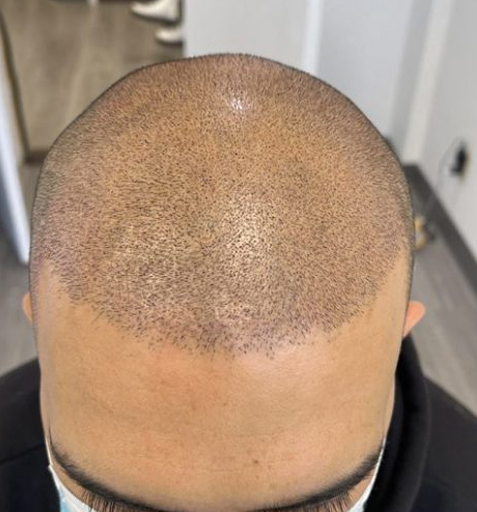

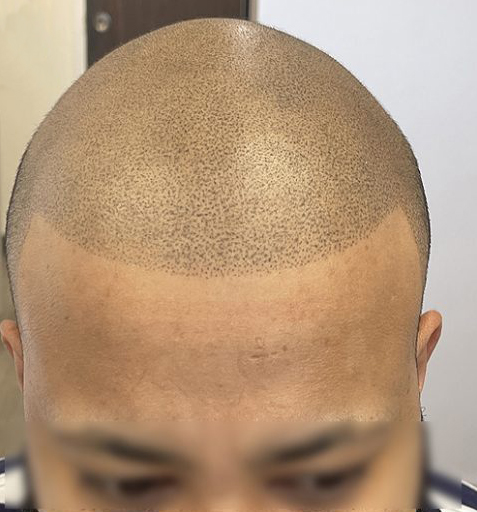



© 2024 HAIRTATTOO.CA | Scalp Micropigmentation & Trichology Centre
